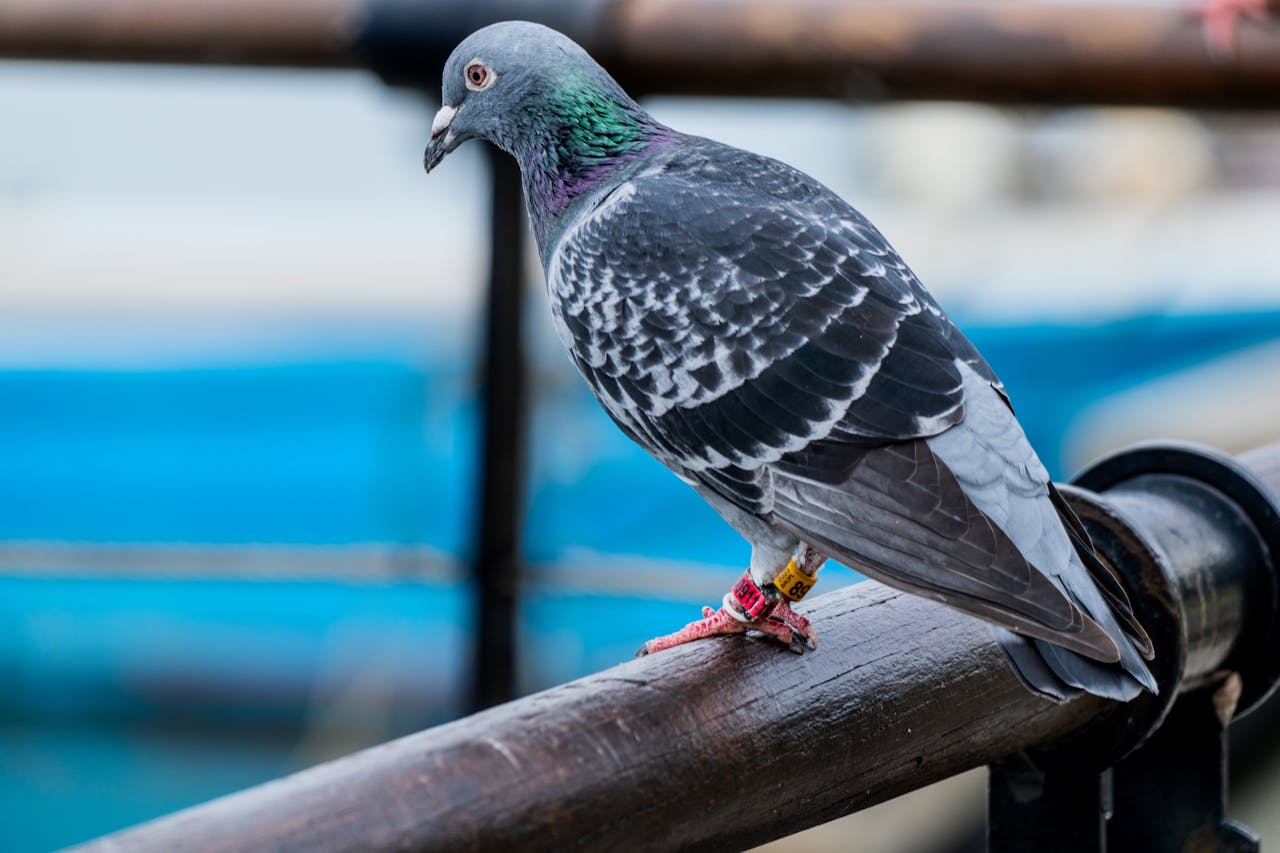The conservation of birds and understanding their behavior is crucial for maintaining a healthy ecosystem. Mobile technology has emerged as a game-changer in bird tracking and conservation efforts, revolutionizing the way researchers collect and analyze data.
By leveraging advanced tracking devices and data transmission capabilities, scientists can now monitor bird populations in real time, gaining invaluable insights into their movements, habitats, and potential threats.
Understanding Bird Tracking and Conservation
Bird tracking is essential for monitoring population trends, understanding migration patterns, identifying habitat loss, and informing conservation strategies.
Traditionally, methods like banding and visual observations were employed, but these techniques had limitations in terms of accuracy and the amount of data they could provide.
The Rise of Mobile Technology in Bird Tracking
Advancements in mobile technology have paved the way for more sophisticated bird-tracking methods. Miniaturized tracking devices, increased battery life, and improved GPS accuracy have made it possible to monitor birds with unprecedented precision.
The integration of sensors and data transmission capabilities has enabled real-time data collection and analysis.
Various types of mobile tracking devices are now available, including GPS tags, radio transmitters, geolocators, and nanotags. These devices can be attached to birds, allowing researchers to track their movements and gather valuable data.
Uses in Bird Tracking and Conservation
Real-time Monitoring
One of the most significant advantages of mobile technology is the ability to monitor bird movements in real time. Researchers can track bird migrations, identify stopover sites, and monitor breeding and nesting activities with remarkable accuracy.
This information is invaluable for understanding the impact of environmental changes and implementing effective conservation strategies.
Data Collection and Analysis
Mobile tracking devices can automatically collect vast amounts of data, which can be transmitted remotely to researchers. This data can then be analyzed using advanced techniques, such as big data analysis and predictive modeling.
By leveraging the power of mobile technology and data analytics, scientists can gain deeper insights into bird behavior and identify patterns that would be difficult to detect through traditional methods.
Conservation Strategies
The data collected through mobile technology can inform various conservation strategies. By identifying critical habitats and protected areas, researchers can work towards preserving these vital ecosystems.
Assessing the impact of environmental changes, such as climate change or habitat loss, can help shape wildlife management policies and ensure the long-term survival of bird species.
Case Studies: Successful Conservation Efforts Powered by Mobile Technology
Tracking Migratory Birds
In one notable project, researchers used GPS tags to track the migration patterns of a specific bird species. The data collected revealed previously unknown stopover sites and migratory routes, allowing for the implementation of targeted conservation efforts along these critical pathways.
Monitoring Endangered Species
Mobile technology has also played a crucial role in monitoring endangered bird species. By attaching lightweight tracking devices to individual birds, researchers can gather valuable data on their movements, nesting habits, and potential threats. This information has been instrumental in developing effective conservation strategies and protecting vulnerable populations.
Studying the Impact of Climate Change
As climate change continues to affect ecosystems worldwide, mobile technology has become an invaluable tool for studying its impact on bird populations. By tracking bird movements and behavior over time, researchers can identify patterns and correlate them with changes in environmental conditions, providing insights into how these species are adapting or struggling due to climate change.
Challenges and Future Directions
While mobile technology has revolutionized bird tracking and conservation, several challenges remain:
Technical Challenges
- Battery life and weight limitations of tracking devices.
- Signal interference and data transmission issues.
- Data management and storage challenges due to the vast amount of data collected.
Ethical Considerations
- Potential stress and impact on birds caused by carrying tracking devices.
- Responsible use of tracking devices to minimize disturbance to bird populations.
Future Developments
- Advancements in nanotechnology and miniaturization for even smaller and more efficient tracking devices.
- Integration of artificial intelligence and machine learning for better data analysis and predictive modeling.
- Collaborative efforts and data sharing among researchers and organizations to maximize the impact of mobile technology on bird conservation.
Conclusion
Mobile technology has transformed the field of bird tracking and conservation, enabling researchers to collect data more efficiently, monitor bird populations in real time, and implement effective conservation strategies.
By leveraging advanced tracking devices, data transmission capabilities, and powerful analytical tools, scientists can gain unprecedented insights into bird behavior, migration patterns, and the impact of environmental changes.
As technology continues to evolve, the role of mobile technology in bird tracking and conservation will become even more vital. By addressing technical challenges, considering ethical implications, and fostering collaboration, researchers can harness the full potential of mobile technology to protect and preserve bird species for generations to come.



